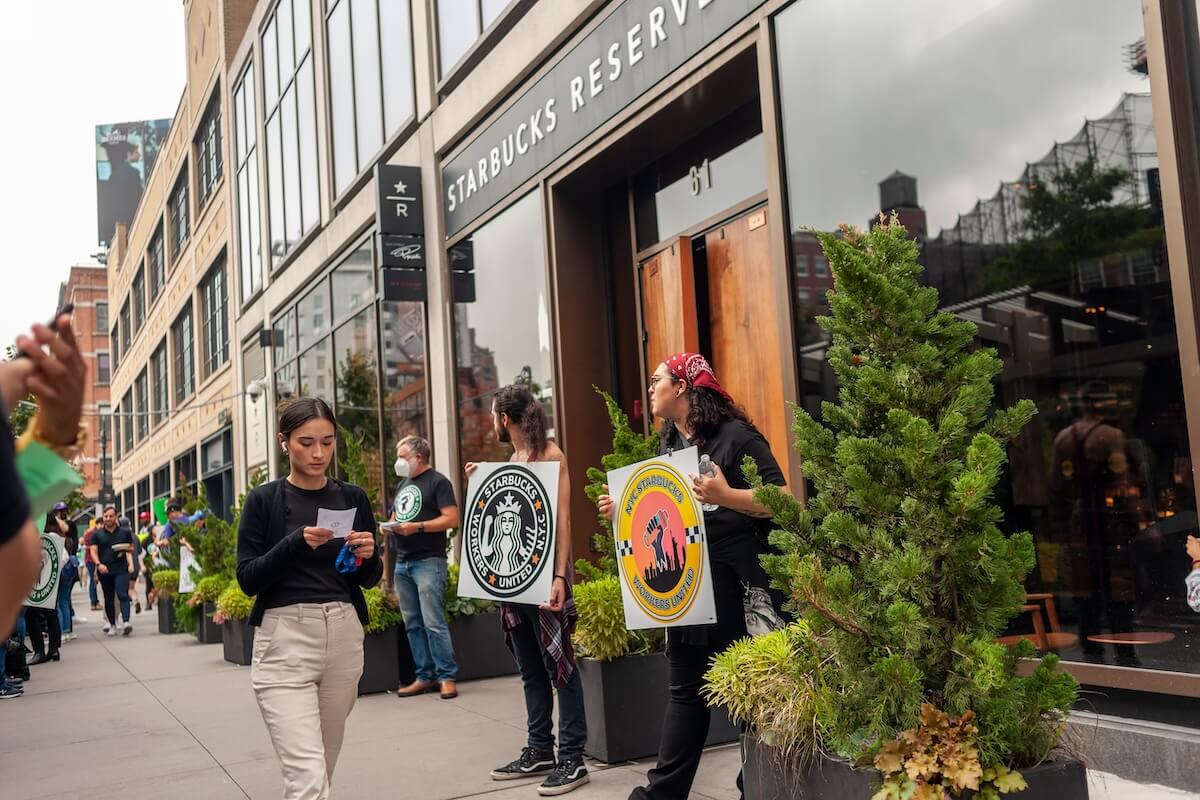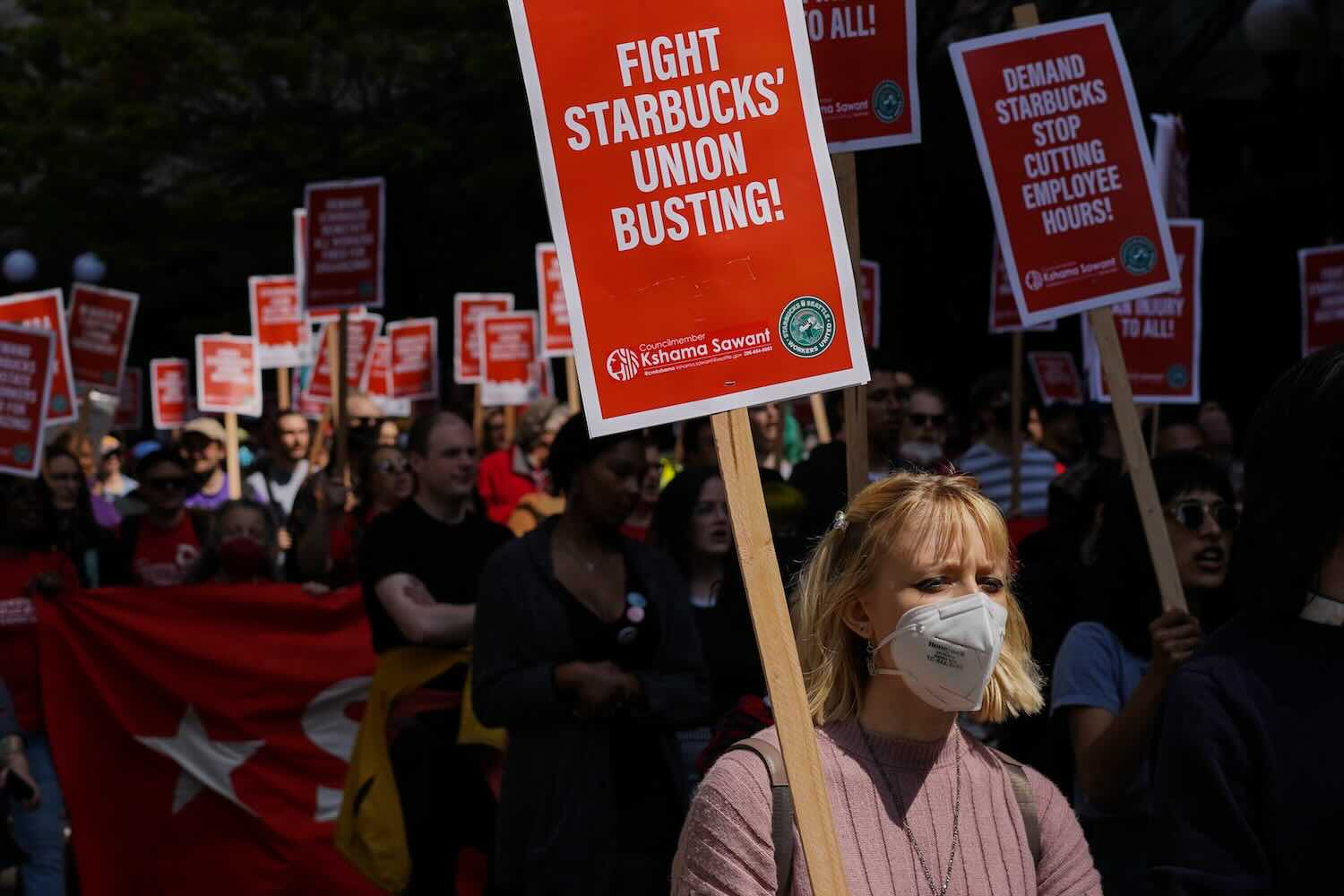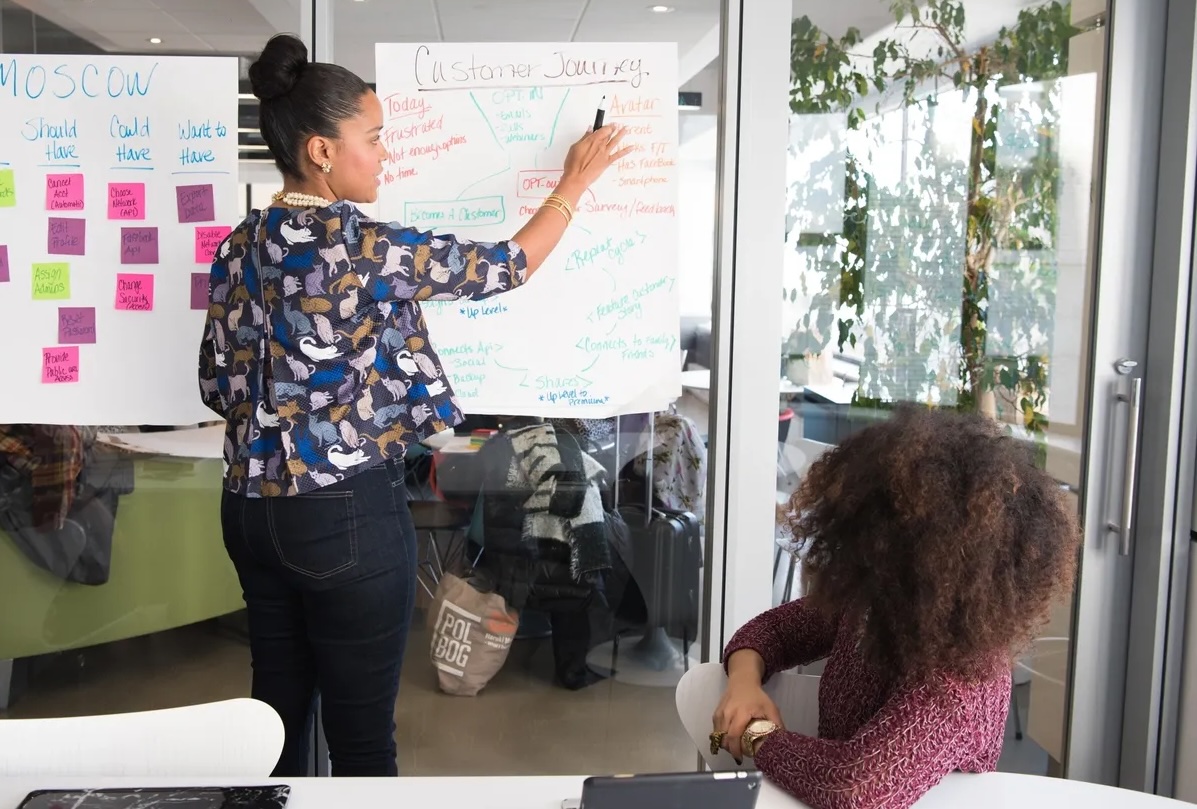You have an investment thesis, a deal pipeline and a committed set of limited partners. You’ve overcome biases against impact investing, emerging markets and – especially – first-time fund managers. You’ve closed your first Latin American impact investing fund and now can focus on investing in promising entrepreneurs.
For about a minute. Then it’s time to start raising your next fund. And – surprise! – it’s likely to be just as hard as Fund I.
The experiences of a handful of pioneering managers of early impact investing funds in Mexico, Brazil and Colombia offer a glimpse of the future for “second wave” impact funds that are emerging in many of Latin America’s smaller countries, including Guatemala, Ecuador and Bolivia. The continuing obstacles and lingering skepticism, primarily about ventures that serve lower-income customers, has made the development of a robust impact investing ecosystem in Latin America slower than expected.
“We were investing in the ‘Latin movement,’” says Tony Carr, president of Halloran Philanthropies, which seeded the development of many first-generation Latin American impact funds. “The movement has grown but not fast enough.”
Carr has convened managers from Adobe Capital, Vox Capital, Inverso and Acumen Latin Capital Partners on a panel at the Foro Latinoamericano de Inversión de Impacto, which is opening today in Merida, Mexico. (Disclosure: I am moderating the fund managers’ panel at the FLII; Halloran Philanthropies is a sponsor of the “Agents of Impact” event ImpactAlpha is co-hosting alongside the conference).
Second acts
Adobe Capital raised more than $20 million in its first fund, investing in eight companies. In addition to equity, Adobe provides revenue-based debt financing, with repayment tied to portfolio companies’ cash flow. That not only provides flexibility for ventures, but allows Adobe to begin to recoup its capital even in advance of an acquisition or other exit. Adobe has realized an exit with NatGas, a fast-growing startup that converts taxis and buses to natural gas, helping to cut carbon emissions and fuel costs.
Adobe’s second fund has raised $25 million of a targeted $40 million and has made two investments. As with nearly all early-stage impact investing funds, fundraising has been slower than expected.
“Many limited partners require at least two exits with a 20%+ return in U.S. dollars to commit to Fund II,” Adobe’s Erik Wallstein told ImpactAlpha. “How does one achieve that when Fund I is at the middle of its time horizon?”
For Adobe Capital, competitive returns in Mexico run through social ventures
Vox, one of Brazil’s earliest impact-investing fund managers, has made 20 investments, split between equity and convertible debt, through its first, $23 million fund. The fund realized one of the first exits from a Brazilian impact fund, with the sale of its 30% stake in TEM, which offers low-cost medical appointments and lab tests through prepaid cards, to a global insurance company. Vox has raised nearly half of its targeted $22 million for Vox Impact Investing II. The fund already has made two investments, including in Sanar, an edtech startup offering healthcare career training.
Inverso, launched by a consortium of Colombia banks and insurance companies in 2011, was one of the first impact investment funds in Colombia. Halloran was the only outside investor in the first fund, which raised $8 million and has made five investments. The managers are planning to launch Inversor II as a $20 million fund to make approximately 10 investments.
The Acumen Latin America Early Growth Fund, based in Colombia, is a for-profit spinoff of the nonprofit Acumen, one of the earliest impact investment fund managers. Acumen Latam Capital Partners’ Santiago Alvarez said the fund “represents the continuation of Acumen’s impact strategy. This fund has been designed as the next step in the funding ladder for high impact enterprises across Latin America.
Despite the lineage, Acumen Latam Capital Partners is considered a first time fund manager. The Latin America Early Growth Fund has raised $20 million for a strategy focused on agribusiness, edtech and energy access in Colombia, Peru and Central America, and has made two investments. Investors include the Multilateral Investment Fund (or FOMIN in Spanish) of the Inter-American Development Bank, the Dutch Good Growth Fund, and local investors.
Tangible performance
“You have to get to Fund 4 before it gets easier,” says Will Poole, managing director of Capria Network, which is both an advisor and an investor in emerging-market impact funds, including Adobe’s second fund. “It’s still an uphill battle to raise funds for impact. It’s not insurmountable, but it’s hard.”
Poole said limited partners are looking to see “tangible performance” that managers can recoup their capital, either through acquisitions, follow-on funding or “self-liquidating” structures like Adobe’s revenue-sharing arrangements. “There needs to be some meat on the bones,” Poole said.
Poole said in some ways second funds can be even more difficult to raise than first funds. Early investors among family offices or high net worth individuals may be tapped out; development finance institutions or foundations may decide their role was to provide early, not ongoing, support. “You have to think about how you broaden the limited-partner base,” Poole said.
Capria seeks ‘network effects’ in emerging-market small-business investing
Second wave
In smaller Latin American countries, fund managers face additional obstacles, including small and fragmented markets that make many investors wary of the opportunities for exponential growth. A report last year by Impaqto, a consultancy in Ecuador, suggests investors and entrepreneurs “focus on solving big problems, not small markets.”
Other activity and updates from ImpactAlpha’s coverage:
Tech venture firm Magna raised a $15 million second fund to help fintech and blockchain ventures in the region tap international markets. Polymath Ventures in Bogotá, Colombia launched the $100 million Horizon Fund to support startups improving basic goods and services like transportation, financial services and to fill the Series A and B funding gap that curbs many promising Latin American ventures
Blue Like an Orange Sustainable Capital notched $100 million for a first close for its Latin America debt fund. It has since made two investments, in small-business lender Produbanco in Ecuador, and ride-hailing firm Cabify, which now operates in 10 Latin American countries as well as Spain and Portugal. Another debt fund, Eco.business Fund, received a $60 million injection from IDB Invest, a private financing arm of the Inter-American Development Bank, to finance sustainable agriculture, fishery, forestry and tourism projects in Latin America and the Caribbean.
OPIC, the U.S. development bank, committed $50 million to New York and Bogotá-based Avenida Capital, to support new affordable housing developments for low- and middle-income residents in Colombia’s cities.
A Latin America Fund of Funds aiming to catalyze blended financing for infrastructure development and social initiatives in the region launched at last year’s GSG Summit in New Delhi. Also last year, OPIC and IDB Invest formed Fund Mujer to raise $200 million to “narrow the gender financing gap” in Latin America and the Caribbean.
German impact investment firm Finance in Motion and Unique, an advisory company focusing on the timber sector, reached a first close of $60 million for their Arbaro Fund, which will back eight sustainable forestry projects in high-risk deforestation areas in Latin America (and Africa).











